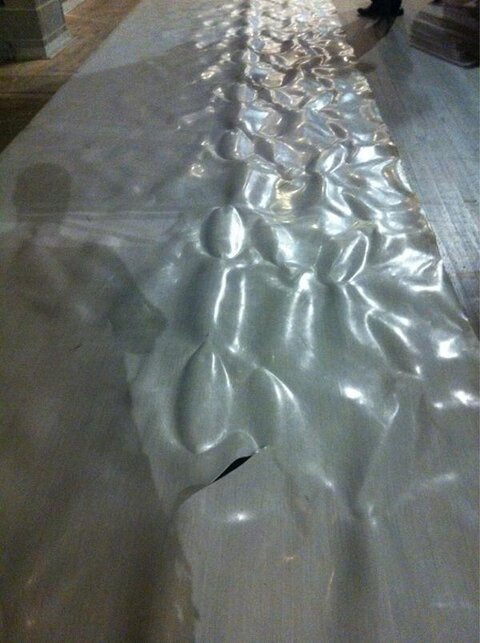Schniapereli
Active Member
...I too find it funny that a ballet company would own a dance floor but then "have someone else install it" on tours, that just makes no sense. Do they deliver it, or have it shipped? Does someone else do their lighting everywhere too? Or is this just a dance studio doing a recital in your space...that makes more sense to me.
Kenneth Pogin
Production / Tour Manager
Minnesota Ballet
I don't know too much about their situation, because I have only talked to the director a few times on the phone, and have never met her in person. But, I think they are kinda small still. They're not super small, but as she put it, they're "about to go professional." They don't really have their own crew or designers. They recently built their own new sprung floor, with basically all the instillation work done by the dancers. I think when they rent a venue, they have the resident designers just put up what colors she wants. (I think they all still try to expand on her requests, and give her better lighting than "make it pink-ish.")
For their production of Nutcracker, they have two elaborate thrones, a platform for the thrones, some nice costumes, plus a few backdrops and the marley. I don't know where they got it all from, but I know the director used to dance for some big places, and taught at a university, so I guess she may have gotten some things through her connections. Again, I haven't really talked with her much, and I am curious as well.





